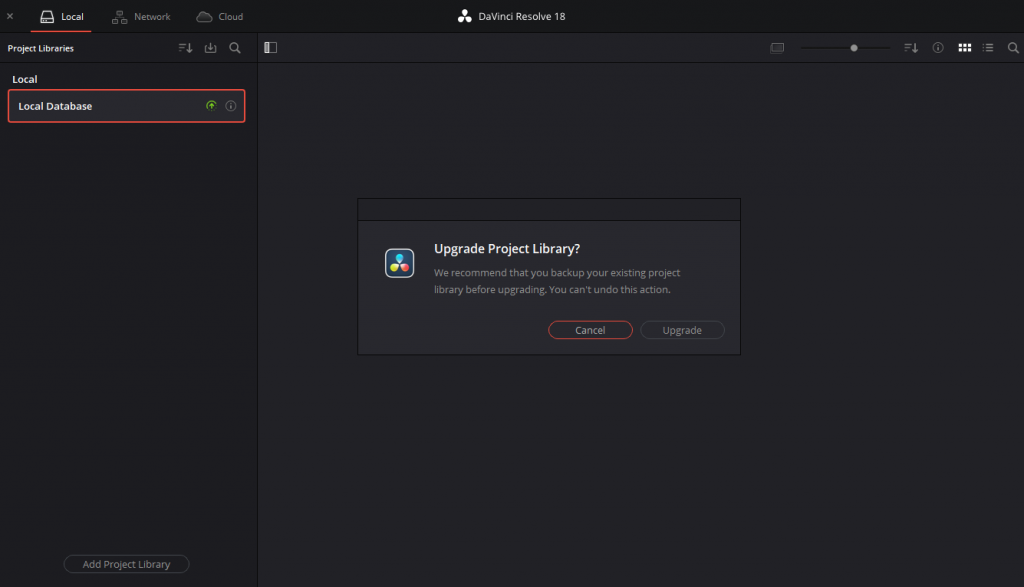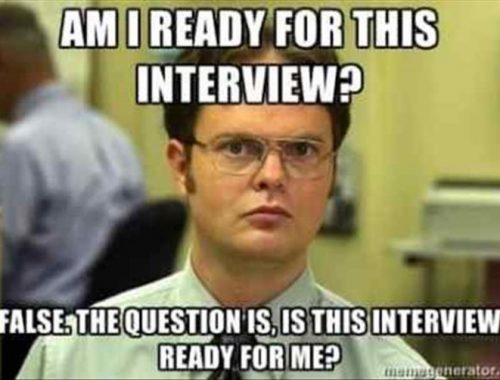Never Give Up

Editing feels almost like sculpting or a form of continuing the writing process.
Sydney Pollak
For ten years, editing has been my passion. I enjoy juxtaposing images together and combining sound with the visuals to transform the story through an entirely different perspective.

The work placement with Lamb Films has provided me with the opportunity to employ my passion for film editing through the assembly editing of their feature film, The Trick Room. The film tells the story of a community saved by setting up a cricket team during times of riots and political tension.
The experience of editing has taught me the importance of persevering in tough periods. I will reflect on the experience through Boud’s Reflective Model, a tool of reflection that consists of three steps: discussing, re-evaluating, and transforming future behavior through an experience. The reflective model displays the positives and negatives of the event and how I will improve the process of my performance in the next step of my work placement.

Lesson One
Boud’s Reflective Model commences with reflecting on the experience, including what behaviors, feelings, and ideas were presented. I began working on the assembly editing back in September; however, the rest of the editing finished in February and March. Independently, I worked to reduce continuity errors and to provide a flow to the story before the director and producer would view the finished assembly edit. The number of scenes required by me calculated to around 60, not including missing scenes in the project file. I had yet to ever edit so many scenes at once, but when I became overwhelmed by the number of slates, I slowed down my editing schedule for the day. The second step in the Reflective Model consists of re-evaluating the situation encountered through positivity and removing negativity from the perspective. The decision to slow my schedule down allowed more time for me to peruse through all the slates to find the best take, if not stated in the scene’s continuity log. In addition, I labeled the clips, and my stress reduced. I could handle the plethora of files in the project when I was organized. I learned that organization is essential when looking at the scene on the timeline. The application allows for whoever views the edit, from the director, producer, or audio post-production editor, to easily comprehend where every file is located for quick delivery. The third step illustrates the positive actions to commit to for a similar issue in the future. Next time, I would take the same actions to solve Lesson One: organization and patience.
Lesson Two
The second challenge that I encountered happened after I updated my computer and Davinci Resolve.

After the update, no sound could be heard through the speakers or headphones in Davinci. The computer and Davinci were restarted repeatedly, but this was not the solution to the challenge. I searched online for two days for some help with the problem, and in the end, the solution was smaller than initially thought. I checked one box that read ‘configuration of the speakers,’ and all was solved. The experience enforced my initiative to accept help when no solution is visible.
Boud’s Reflective Model reminds me to see the experience in a positive light. It is important to employ positive feelings, since ‘they can provide us with the impetus to persist in what might be very challenging situations,’ David Boud writes in Reflection: Turning Experience into Learning (Boud 29). I resisted giving up and found a solution in record time. Next time, I will still search for the answers through others, but also, I will attempt to lessen my stress by reminding myself that there is a solution. I just need to discover it.
Lesson Three
Later in my editing process, the main internal hard drive ran out of space on my computer. The best action to solve this was to move all files from one folder to my other internal hard drive. Unfortunately, some of the files ended up originating from the project, so when Davinci Resolve restarted, the project library disappeared. I lost my breath and envisioned that I had lost all my work. After a deep breath, I followed every popup that appeared.

The screen read a message about backing up the previous library, and I followed the guidelines to back up the previous library before upgrading. Fortunately, the project opened as I had last saved it, and nothing was lost. The situation caused me to stress, but by slowing down and taking a deep breath, I was able to find a solution.
Employing the last stage of Boud’s reflective model leads me to discover through the key aspect, ‘association,’ that there are many positive aspects to the action taken by me. ‘Association’ reflects that the cognitive area of our brains, the area responsible for learning (National Institutes of Health), requires prior knowledge to adapt into new ideas so that learning may happen (Boud 31). After association, integration separates the knowledge and draws conclusions about the situation (32). Through integration, I have learned to resist transferring my project library to a different internal drive. I will sift through the files but not touch those of Davinci Resolve projects. In the future, clearing my mind when I’m challenged will be beneficial to minimizing my stress.


Conclusion
My work placement has taught me to never give up. A problem will arise, but the way one manages it highlights the true lesson learned. Boud’s Reflective Model has caused me to reflect on each issue that I faced while working on the feature film for my work placement. I reflected on the positives and ‘remove[d] obstructing feelings’ to view the experience through unbiased eyes (Boud 26). By reflecting, I have acknowledged that there was a solution to every problem, and I handled myself better than I thought by not giving up. In the future, I will persevere and continue to search for solutions to my complications. I will not let them stop me from doing my best work.
Bibliography
Boud, David et al. (eds.) (1985) Reflection: Turning Experience into Learning, UK: Taylor & Francis Group, pp. 26-32.
Hainline, Mark (2018) A Change in Perspective: Agriculturally-Based Study Abroad Experience for Nicaraguan Students. [online] Available at: https://www.researchgate.net/figure/Model-of-Reflection-in-the-Learning-Process-Boud-et-al-1985_fig1_325514655 (accessed 30 March 2023).
National Institutes of Health. Cognitive Health and Older Adults. [online] Available at: https://www.nia.nih.gov/health/cognitive-health-and-older-adults#:~:text=Cognitive%20health%20%E2%80%94%20the%20ability%20to,aspect%20of%20overall%20brain%20health. (accessed 30 March 2023).
Pollak, Sydney. (2023) Film Editing Quotes. [Online] Available at: https://filmmakingquotes.com/film-editing-quotes/ (accessed 31 March 2023)
The Trick Room (2021) Production Stills. [Online] Available at: https://thetrickroom.com/index.php (accessed 31 March 2023).
You May Also Like

The World of Theatre upon Reflection
30 November 2022
Job Interviews: Selling Yourself For A Pay Cheque
24 February 2023
